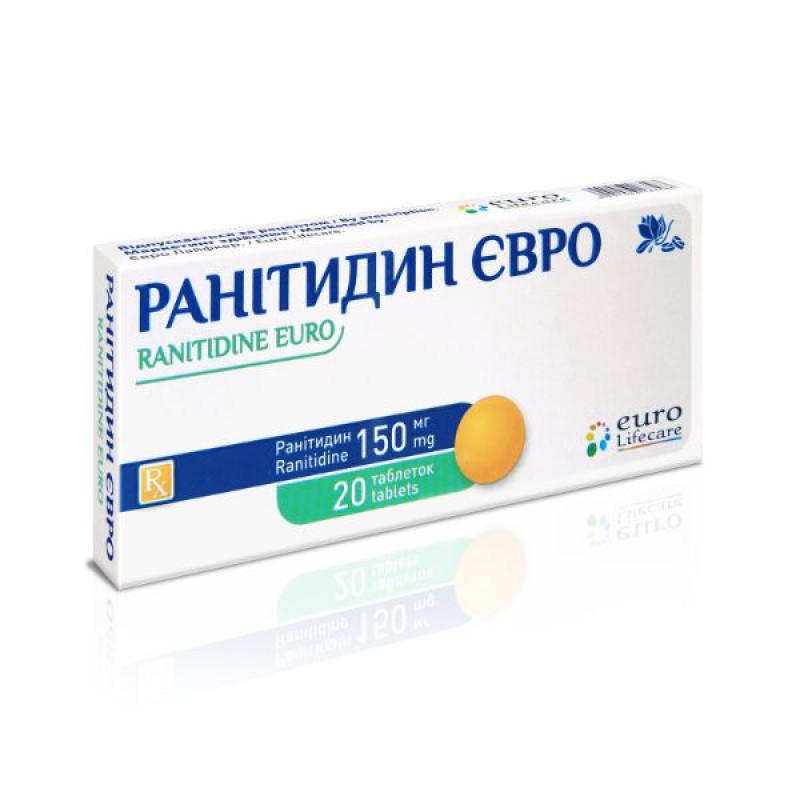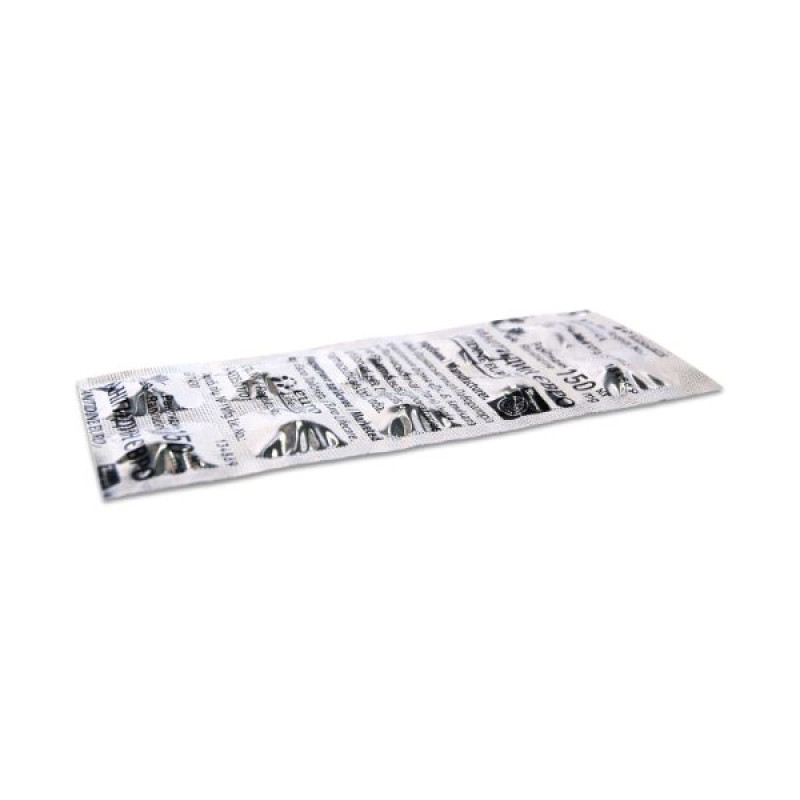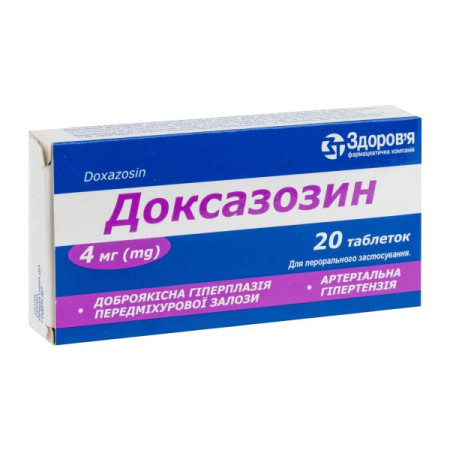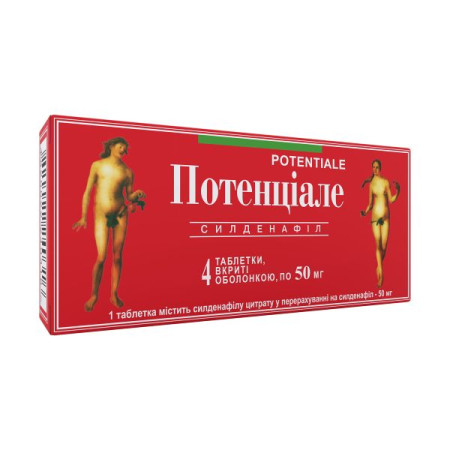Ranitidine Euro tablets 150 mg No. 20

Instructions for Ranitidine Euro tablets 150 mg No. 20
Composition
active ingredient: ranitidine;
1 150 mg film-coated tablet contains ranitidine hydrochloride equivalent to ranitidine 150 mg;
1 300 mg film-coated tablet contains ranitidine hydrochloride equivalent to ranitidine 300 mg;
other ingredients: 150 mg or 300 mg tablets: microcrystalline cellulose, magnesium stearate, croscarmellose sodium, Opadry orange 80W53259 AMB (polyvinyl alcohol, talc, titanium dioxide (E 171), dye 1 332), aluminum caplac (E 173), xanthan gum, red iron oxide (E 172)), talc.
Dosage form
Film-coated tablets.
Main physicochemical properties: round biconvex tablets in an orange film coating.
Pharmacotherapeutic group
Drugs for the treatment of peptic ulcer and gastroesophageal reflux disease. H2-receptor antagonists.
ATX code A02B A02.
Pharmacological properties
Pharmacodynamics.
The active component of the drug - ranitidine - is a blocker of histamine H2-receptors of the parietal cells of the gastric mucosa. The mechanism of action of ranitidine is competitive reversible inhibition of the action of histamine on the H2-receptors of the parietal cell membranes of the gastric mucosa.
Reduces basal and stimulated secretion of hydrochloric acid caused by irritation of baroreceptors, food load, the action of hormones and biogenic stimulants (gastrin, histamine, pentagastrin, caffeine). Ranitidine reduces the volume of gastric juice and the content of hydrochloric acid, increases the pH of the gastric contents, which leads to a decrease in pepsin activity. Does not affect the concentration of gastrin in the blood plasma, as well as the production of mucus. After oral administration in therapeutic doses, does not affect the level of prolactin. The drug inhibits microsomal enzymes.
The duration of action after a single dose is up to 12 hours.
Ranitidine does not affect the cytochrome P450 enzyme system of the liver.
Pharmacokinetics.
The drug is rapidly absorbed and food intake does not affect the degree of absorption. When taken orally, the bioavailability of ranitidine is about 50%. The maximum concentration in the blood plasma is reached 2-3 hours after administration. The connection with blood plasma proteins does not exceed 15%. It is metabolized by the liver in small quantities with the formation of N-oxide, desmethylranitidine and S-oxides of ranitidine. It exhibits the effect of first passage through the liver. The rate and extent of elimination do not depend sufficiently on the state of the liver. The half-life after oral administration is 2-3 hours, with creatinine clearance of 20-30 ml/min - 8-9 hours. It is excreted by the kidneys within 24 hours, mainly with urine (60-70%, unchanged - 35%), a small amount - with feces.
Ranitidine does not cross the blood-brain barrier well, but does cross the placental barrier. It penetrates into breast milk (the concentration in breast milk of women during breastfeeding is higher than in blood plasma).
The rate and extent of elimination are practically independent of liver status and are mainly related to renal function.
In patients over 50 years of age, the half-life is prolonged (3-4 hours) and clearance is reduced in line with age-related decline in renal function. However, systemic exposure and accumulation are 50% higher. This difference outweighs the effect of decreased renal function and also indicates increased bioavailability in elderly patients.
Indication
peptic ulcer of the stomach and duodenum, not associated with Helicobacter pylori (in the exacerbation phase), including ulcers associated with the use of non-steroidal anti-inflammatory drugs (NSAIDs);
functional dyspepsia;
chronic gastritis with increased acid-forming function of the stomach in the acute stage;
gastroesophageal reflux disease (to relieve symptoms) or reflux esophagitis.
Contraindication
Hypersensitivity to ranitidine and other components of the drug; presence of malignant gastric diseases, history of liver cirrhosis with portosystemic encephalopathy, liver failure, severe renal failure (creatinine clearance <50 ml/min).
Interaction with other medicinal products and other types of interactions
Ranitidine may affect the absorption, metabolism and renal excretion of other drugs.
Ranitidine in therapeutic doses does not change the activity of the cytochrome P450 enzyme system and does not potentiate the effect of drugs metabolized by this system (diazepam, lidocaine, phenytoin, propranolol, theophylline, and others).
Ranitidine, by altering gastric acidity, may affect the bioavailability of some drugs. This leads to either increased absorption (triazolam, midazolam, glipizide) or decreased absorption (ketoconazole, itraconazole, atazanavir, gefitinib).
Antacids and sucralfate slow down the absorption of ranitidine, as a result of which the interval between taking these drugs and ranitidine should be at least 1-2 hours.
Ranitidine, when used simultaneously with metoprolol, increases its concentration in blood plasma.
Large doses of ranitidine may slow the excretion of procainamide and N-acetylprocainamide, leading to increased plasma levels.
There are no data on the interaction between ranitidine and amoxicillin or metronidazole.
Smoking reduces the effectiveness of ranitidine.
Application features
If you are allergic to other drugs in the group of H2-histamine receptor blockers, allergic reactions to ranitidine are possible, therefore, if you are hypersensitivity to other drugs in this group, it should be used with caution.
Use the drug with caution in acute porphyria (including a history), immunodeficiency, and phenylketonuria.
Ranitidine is excreted by the kidneys, therefore in patients with severe renal insufficiency its plasma levels are increased (see dosage for such patients in the "Method of administration and dosage" section).
Since ranitidine is metabolized in the liver, it should be used with caution in patients with severe hepatic dysfunction.
Elderly patients with impaired liver or kidney function may experience impaired consciousness (confusion), which may require a dose reduction.
Treatment with ranitidine may mask the symptoms of gastric carcinoma, therefore, before starting treatment, the presence of malignant gastric neoplasms should be excluded.
Regular monitoring is necessary for patients (especially the elderly and those with a history of peptic ulcer of the stomach and/or duodenum) taking ranitidine with non-steroidal anti-inflammatory drugs.
With simultaneous treatment with theophylline, it is necessary to monitor the plasma level of theophylline and adjust the dosage.
Elderly patients, those with chronic lung disease, diabetes, or those with weakened immune systems have been observed to be at increased risk of developing community-acquired pneumonia.
Treatment with the drug should be discontinued gradually due to the risk of developing "rebound" syndrome with abrupt withdrawal.
Use during pregnancy or breastfeeding
The drug is contraindicated during pregnancy. If it is necessary to use the drug for the period of treatment, breastfeeding should be discontinued.
Ability to influence reaction speed when driving vehicles or other mechanisms
Given that sensitive patients may experience adverse reactions (dizziness, hallucinations, accommodation disorders) when using the drug, Ranitidine Euro tablets should not be prescribed to patients who drive vehicles and work with potentially dangerous mechanisms, as well as perform other types of work that require increased concentration of attention and speed of psychomotor reactions.
Method of administration and doses
For use in adults and children over 12 years of age. Take orally, without chewing, with a small amount of water, regardless of meals.
Peptic ulcer of the stomach and duodenum not associated with Helicobacter pylori (in the acute phase). Apply 150 mg 2 times a day (morning and evening) or 300 mg for 4 weeks. For ulcers that have not healed, continue treatment for another 4 weeks.
Peptic ulcer of the stomach and duodenum is associated with the use of nonsteroidal anti-inflammatory drugs.
Use 150 mg 2 times a day or 300 mg at night for the period of NSAID therapy (for 8-12 weeks).
Functional dyspepsia. Use 150 mg 2 times a day or 300 mg 1 time a day for 2-3 weeks.
Chronic gastritis with increased acid-forming function of the stomach in the acute stage. Apply 150 mg 2 times a day or 300 mg 1 time a day for 2-4 weeks.
Gastroesophageal reflux disease. To relieve symptoms, use 150 mg 2 times a day for 2 weeks; if necessary, the course of treatment should be extended. In case of exacerbation and long-term treatment, prescribe 150 mg 2 times a day or 300 mg 1 time a day at night for 8 weeks; if necessary, the course of treatment should be extended to 12 weeks.
Patients with severe renal impairment (creatinine clearance <50 ml/min). The daily dose for this category of patients is 150 mg.
Children
In children aged 12 years and over, the use of the drug is indicated to shorten the treatment period for peptic ulcer of the stomach and duodenum, for the treatment of gastroesophageal reflux disease, including reflux esophagitis, and to relieve the symptoms of gastroesophageal reflux disease.
Overdose
Increased adverse reactions.
Treatment: provide adequate symptomatic and supportive therapy.
The drug can be removed by hemodialysis.
Adverse reactions
Cardiovascular system: bradycardia, tachycardia, extrasystole, asystole, arterial hypotension, atrioventricular block, arrhythmia, vasculitis, chest pain.
From the blood system: leukopenia and thrombocytopenia (usually reversible); agranulocytosis or pancytopenia, sometimes with bone marrow hypoplasia or aplasia, neutropenia, immune hemolytic and aplastic anemia (usually reversible).
Nervous system: headache (sometimes severe), dizziness, drowsiness, involuntary movements (reversible), agitation, feeling of fatigue.
On the part of the digestive tract: diarrhea, constipation, nausea, vomiting, abdominal pain, acute pancreatitis, decreased appetite, lack of appetite, flatulence, dry mouth.
From the urinary system: acute interstitial nephritis, renal dysfunction, increased creatinine levels in blood plasma (usually slight, normalizes with continued treatment).
Skin and subcutaneous tissue disorders: hyperemia, skin rash, erythema multiforme, alopecia, dry skin, itching.
Musculoskeletal system: arthralgia, myalgia.
On the part of the immune system: hypersensitivity reactions (urticaria, angioedema, fever, bronchospasm, hypotension, chest pain), urticaria, anaphylactic shock, erythema multiforme exudative, exfoliative dermatitis, Stevens-Johnson syndrome.
On the part of the hepatobiliary system: transient and reversible changes in the level of certain laboratory parameters (transaminases, gammaglutamyltransferase, alkaline phosphatase, bilirubin); hepatitis (hepatocellular, cholestatic or mixed hepatitis) with or without jaundice (usually reversible).
From the reproductive system: hyperprolactinemia, decreased potency and/or libido, gynecomastia, galactorrhea, amenorrhea.
Psychiatric: increased fatigue, reversible confusion, drowsiness, insomnia, emotional lability, anxiety, confusion, nervousness, nervousness, hallucinations, tinnitus, irritability, disorientation, confusion, anxiety and restlessness. These manifestations were observed mainly in elderly and seriously ill patients.
Expiration date
3 years.
Storage conditions
Store at a temperature not exceeding 30 C in the original packaging. Keep out of the reach of children.
Packaging
For a dosage of 150 mg, 10 tablets in strips; 2 or 5 or 10 strips in a cardboard box.
For a dosage of 300 mg, 10 tablets in strips; 2 or 5 strips in a cardboard box.
Vacation category
According to the recipe.
Producer
Unique Pharmaceutical Laboratories (a division of J.B. Chemicals and Pharmaceuticals Ltd.).
Location of the manufacturer and its business address
Plot No. 215-219, G. I. D. C. Industrial Area, Panoli - 394 116, Bharuch District, India.
There are no reviews for this product.
There are no reviews for this product, be the first to leave your review.
No questions about this product, be the first and ask your question.











